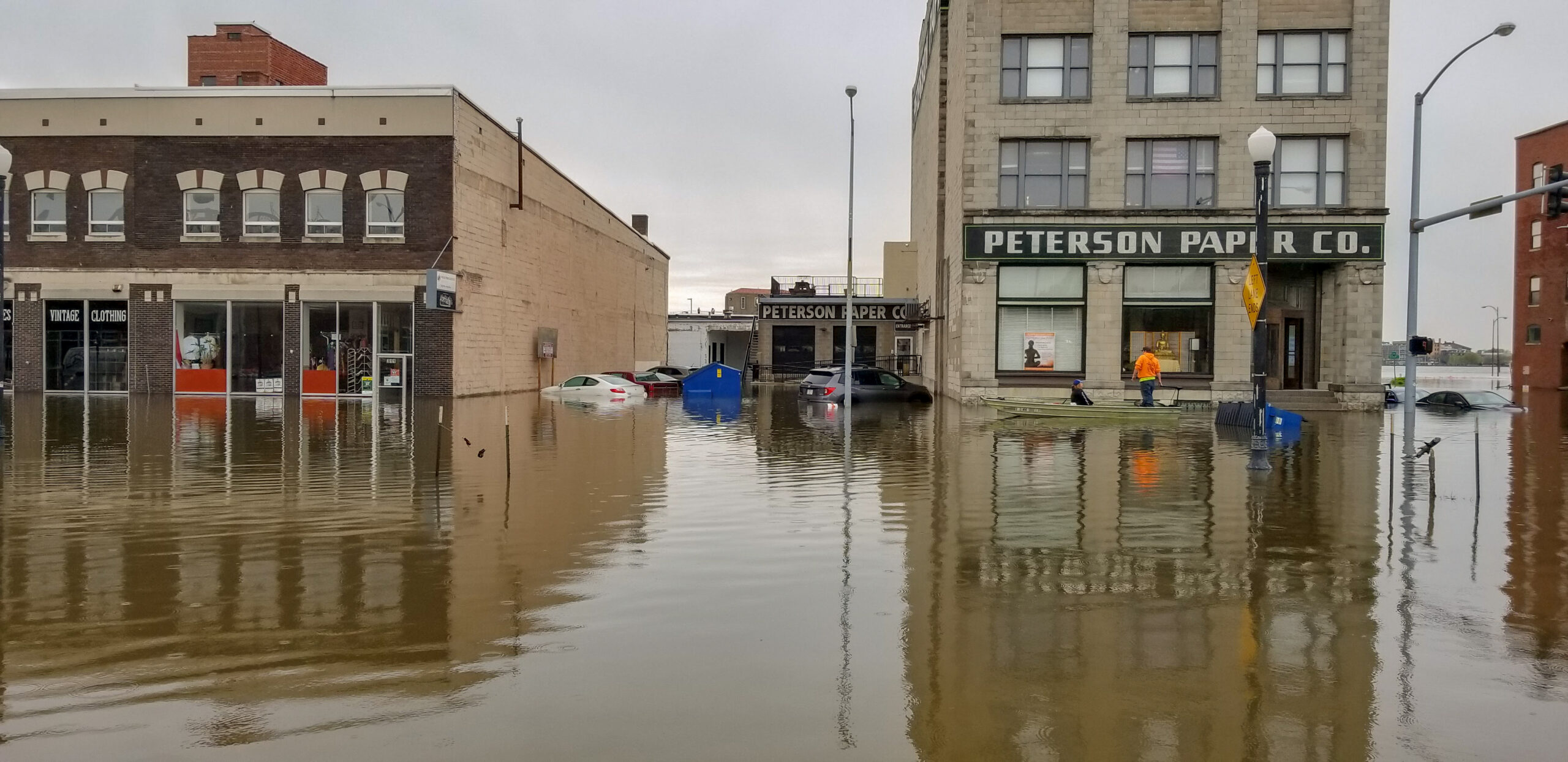What’s The Biggest Flood in History?

How do you measure the “biggest” flood?
Is it by the amount of water? The most land covered? The most lives lost? The most property destroyed?
The United States has been dealing with enormous floods on our biggest river systems like the Mississippi and Missouri for centuries. In 1927 the Mississippi’s levees could not hold back the water from record precipitation and 27,000 square miles flooded over seven states resulting in a death toll of 246. In 1993, Midwest flooding cost $30.2 Billion and 48 lives.
2011 was an epic flooding year with an above-average snowpack followed by above-average precipitation. In the Missouri River basin, flooding brought over $2 billion in estimated losses and flooded over 4,000 homes, and resulted in 5 deaths. Historic levels of flooding along the Mississippi River resulted in estimated economic losses of $3-$4 billion and at least 7 deaths.
These types of major riverine floods will continue to occur as long as snow and rainfall from the sky and yet many people will be surprised every time a flood occurs. Fortunately, one area we’ve improved is in the ability to monitor rainfall and river conditions and alert people so they can evacuate when floods are imminent, which is probably one reason the death tolls from recent major floods have dropped.
Unfortunately, the most costly floods in terms of lives lost continue to be those that result when the infrastructure we build fails.
In 1889, the South Fork Dam north of Johnstown, Pennsylvania collapsed killing 2,200 people. It may seem easy to brush that off and say we know how to build better now, but in 2005 during Hurricane Katrina, the New Orleans’ levees failed and the impact of the Mississippi River Gulf Outlet contributed to $133.8 billion in damages and 1833 lives lost.
In spite of all these facts and figures, the most costly flood to each individual is the one that affects you and your family. The loss of loved ones, homes, and businesses makes that flood the most important to you, no matter what the size.
Flooding can happen to anyone, whether you’re in the “100-year floodplain” or not.
The best way to protect your family and home is to live on high ground in the first place. Dams and levees can fail so they should be the last line of defense, not the first. Be aware of where you live, make a plan, and buy flood insurance in order to stay safe and recover quickly after a flood.
